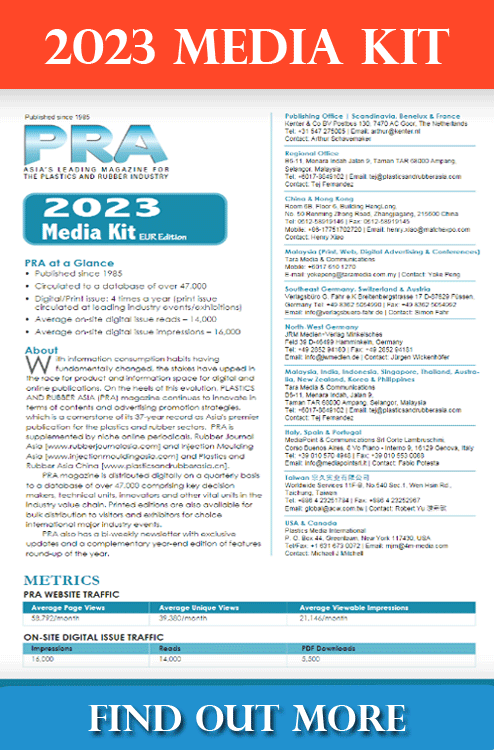Packaging: Clean indulgence with reusable packaging
The consumer products sector is taking steps to look into more sustainable packaging options, such as the usage of reusable packaging, says Angelica Buan in this report.
Growing volume of waste from fast food packaging
Comfort food: who can resist the nostalgic, feel-good sentiments that these familiar, yet typically high-calorie meals elicit? Despite the fact that healthy eating has become a lifestyle rather than a fad, individuals continue to crave comfort food, which include anything from hot soups, warm casseroles, and baked goodies to fast food meals, store-bought ready-to-eat (RTE) meals and snacks, and ready-to-drink (RTD) beverages.
The convenience of RTE and RTD products is, unsurprisingly, a big growth driver in the comfort food market. However, this increase also contributes to the growing volume of packaging waste.
Often, convenience food is packaged in single-serve or individual wrapping that is discarded after each use. This packaging often includes several layers of packing to preserve freshness, avoid spills, or prolong shelf life.
However, over-layering not only increases waste production but also makes recycling more challenging. Of concern is that these packaging materials typically are not recyclable or biodegradable.
Plastic leads as main packaging material

Of course, plastic is the most often used packaging material, followed closely by paper, glass and metal.
According to the United Nations Environment Programme’s (UNEP) 2021 Global Assessment of Marine Litter and Plastic Pollution, plastic materials can be problematic since they can take years to degrade in the oceans, posing dangers to humans and natural ecosystems as marine litter. It added that almost 85% of plastic packaging waste ends up in landfills or as uncollected trash, where it is likely to wind up in the oceans.
Despite a poor reputation for biodegradability and recyclability, technologies have evolved to produce sustainable plastics or polymers that meet the criteria for reusable packaging as well as renewable plastic alternatives
Push for reusable packaging
While recycling has traditionally been a means to reduce packaging waste, it has its drawbacks, one of which is the high expense of an inefficient recycling collection and sorting system.
According to the UNEP report, the yearly loss in the value of plastic packaging waste during sorting and processing is projected to be between US$80 and US$120 billion.
Thus, reusable packaging has recently been promoted as a more effective solution. Reusable packaging is intended to eliminate the use for single-use packaging, which contributes considerably to waste that ends up in landfills or pollutes waters and natural environments. Switching to reusable packaging can save resources, reduce energy usage, and reduce greenhouse gas emissions from packaging manufacturing and disposal.
Reusing or using reusable packaging is said to be a more effective option than using or remanufacturing single-use packaging, which uses up to 80% more water during its lifecycle from production to recycling to disposal, while also helping to reduce greenhouse gas emissions by 60%, according to the Reusable Packaging Association.
This is despite the fact that recycling packaging waste has gained popularity and is commonly opted for as the cornerstone of waste management policies.
According to the Ellen MacArthur Foundation’s Reuse: Rethinking Packaging research, transforming 20% of plastic packaging into reuse models is a US$10 billion economic opportunity that benefits customers and is an important step toward addressing plastic waste and pollution.
(IMA)Subscribe to Get the Latest Updates from IMA Please click here
©2023 Injection Moulding Asia. All rights reserved.











